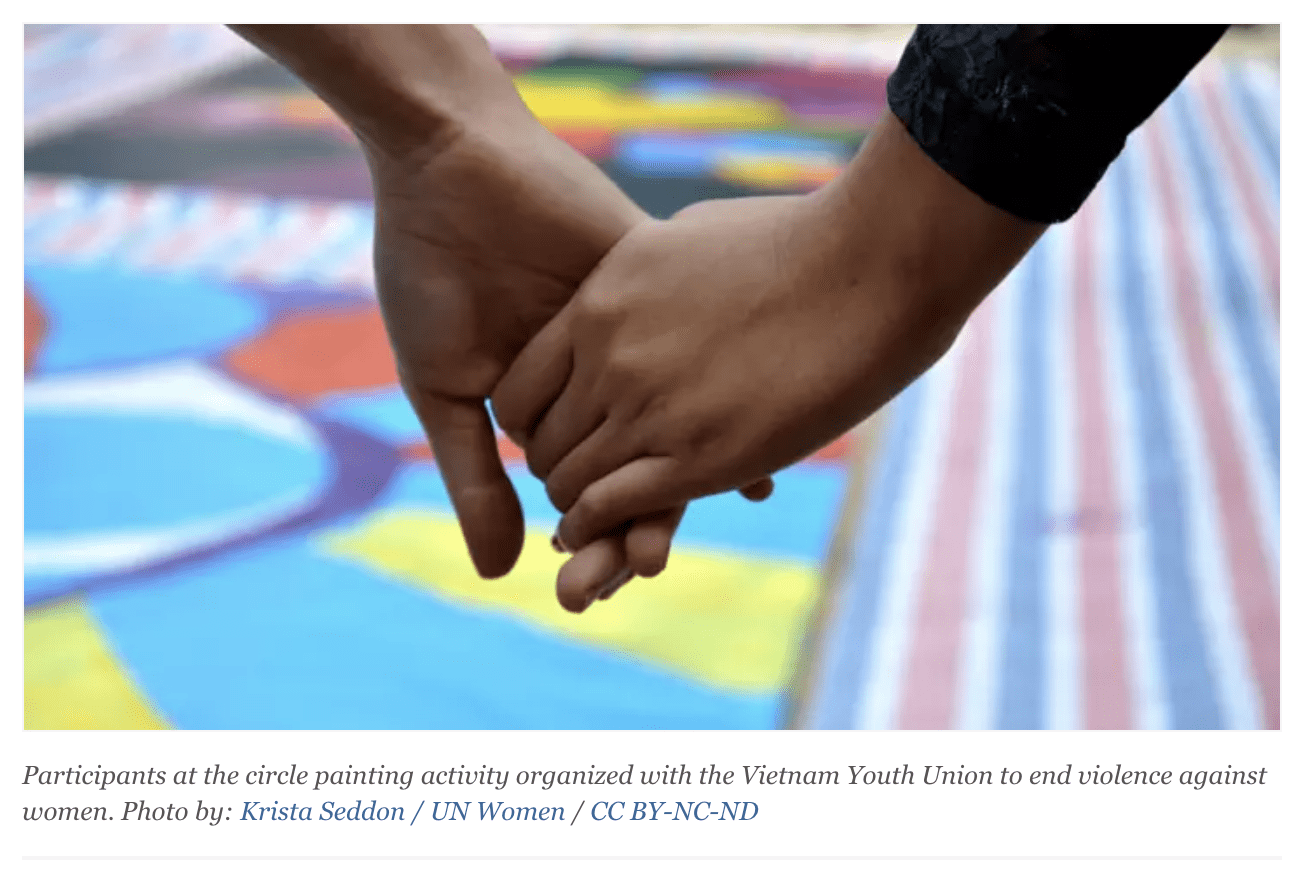In 2009, Vietnam learned about a pervasive problem they didn’t know they had. The established belief was that violence against women was simply not an issue in the country.
Wanting to better understand the prevalence of violence against women, the World Health Organization in partnership with the United Nations Population Fund, and approximately a dozen government and international agencies, undertook a survey of nearly 5,000 women nationwide about their experience with physical and sexual violence in marriage. Policymakers helped plan the survey, discussed findings in workshops, and provided feedback on the final report.
The survey results were shocking: In Vietnam, 1 in 3 women who had been married reported being physically or sexually abused — or both. This sparked national action against domestic violence — an issue previously hidden from public view.
Policymakers as partners
Few dispute the importance of data. As the dramatic example in Vietnam demonstrates, quality data can uncover previously unknown — or undiscussed — problems, and contribute to transformative decision-making, but the opposite is also possible.
Henrica Jansen, technical advisor for violence against women research and data at the UNFPA Asia and the Pacific Regional Office, explained to me that if data collection doesn’t match policy priorities, or if data relevance is not effectively communicated to the people responsible for setting policies, the time, effort, and resources expended can result in reports that only gather dust on a shelf.
As head of an alliance dedicated to gender data, I recognize the tension between having data and using data — after all, there are examples of data that has been collected but that languishes, unused. That is why Vietnam’s story is so powerful for me: Their success of using domestic violence data to drive action demonstrates that data use leading to impact is possible when decision-makers are included in — and invested in — the data process from the beginning.
“Time and again, we found that in situations where data was able to revolutionize institutions and behavior, and create real impact, policymakers were part of the conversation before the expensive, labor-intensive work of data collection began.”
— Emily Courey Pryor, executive director, Data2X
A seat at the table
This finding — that decision-makers must have a seat at the data collection table from day one — was a recurrent theme across the gender data impact stories we collected as part of a story collection project with Open Data Watch and Devex this year. This project was driven by our desire to showcase how quality gender data, when used, shapes policies and legislation, informs program decisions, and changes funding priorities.
Time and again, we found that in situations where data was able to revolutionize institutions and behavior, and create real impact, policymakers were part of the conversation before the expensive, labor-intensive work of data collection began.
A continuous feedback loop among statisticians, advocates, and the officials who act on data findings ensures the information gathered fills gaps and meets people’s needs. Alignment between data collectors and data users becomes critical when thorny policy questions span sectors without clear-cut legislative solutions, as most gender issues do. Working together makes data matter.
Examples of data at play
In Finland, government ministries sponsor the sweeping decennial time use surveys that measure citizens’ well-being. Government agencies serve as expert advisors to data collectors and help shape survey questions to make the data as useful as possible.
Hannu Pääkkönen, a senior researcher with Statistics Finland said in an interview with myself that policymaker involvement was crucial to the process. Because of these surveys, the Finnish government passed legislation to make paternity leave more accepted by employers and male employees, acknowledging fathers’ increased participation in parenting.
“Alignment between data collectors and data users becomes critical when thorny policy questions span sectors without clear-cut legislative solutions, as most gender issues do.”
In Uganda, female enumerators survey women in their communities annually about contraceptive use, in close collaboration with the ministry of health, the national bureau of statistics, and experts at Makerere University in the capital Kampala. These localized data collection efforts revealed clinic shortages of birth control and other family planning tools spurring the government to improve the supply-chain.
Statisticians have been invited to present and discuss findings with members of parliament, explained Fredrick Makumbi, senior lecturer and head of the department of epidemiology and biostatistics at the school of public health, Makerere University: “There is a lot of interest and excitement in creating government awareness.”
Creating change, together
The stories we found in Vietnam, Finland, and Uganda show that bringing policymakers and data producers together at the data collection stage is critical to ensure that the data is used. Indeed, as Jansen explained in discussions with us: “For data to truly lead to impact, data end-users must be included in the data collection process from the start.”
It’s not easy to engage policymakers in the often lengthy process of data collection and analysis. However, drivers to increase engagement are when data collection aligns with pressing needs that are evident in the policy space, or that have been raised up by civil society actors; when evidence from data can lead to a more efficient targeting of resources; and when the case for data can be understood as a case for collecting the facts that are needed to build a stronger, healthier society.
The powerful partnership between data collectors and decision-makers in Vietnam culminated in a national action plan through 2020 to stop violence against women, with awareness campaigns featuring speeches, parades, and music videos that created conversation around a taboo topic. New, lifesaving social service networks and community safe houses now shelter women fleeing danger at home.
A change was possible in Vietnam because government officials were brought in early, and committed to gathering gender data — and then using it. Let’s start a practical conversation about how to more effectively integrate data producers and data users. We must find better ways to connect those dots to move toward action on gender equality.




